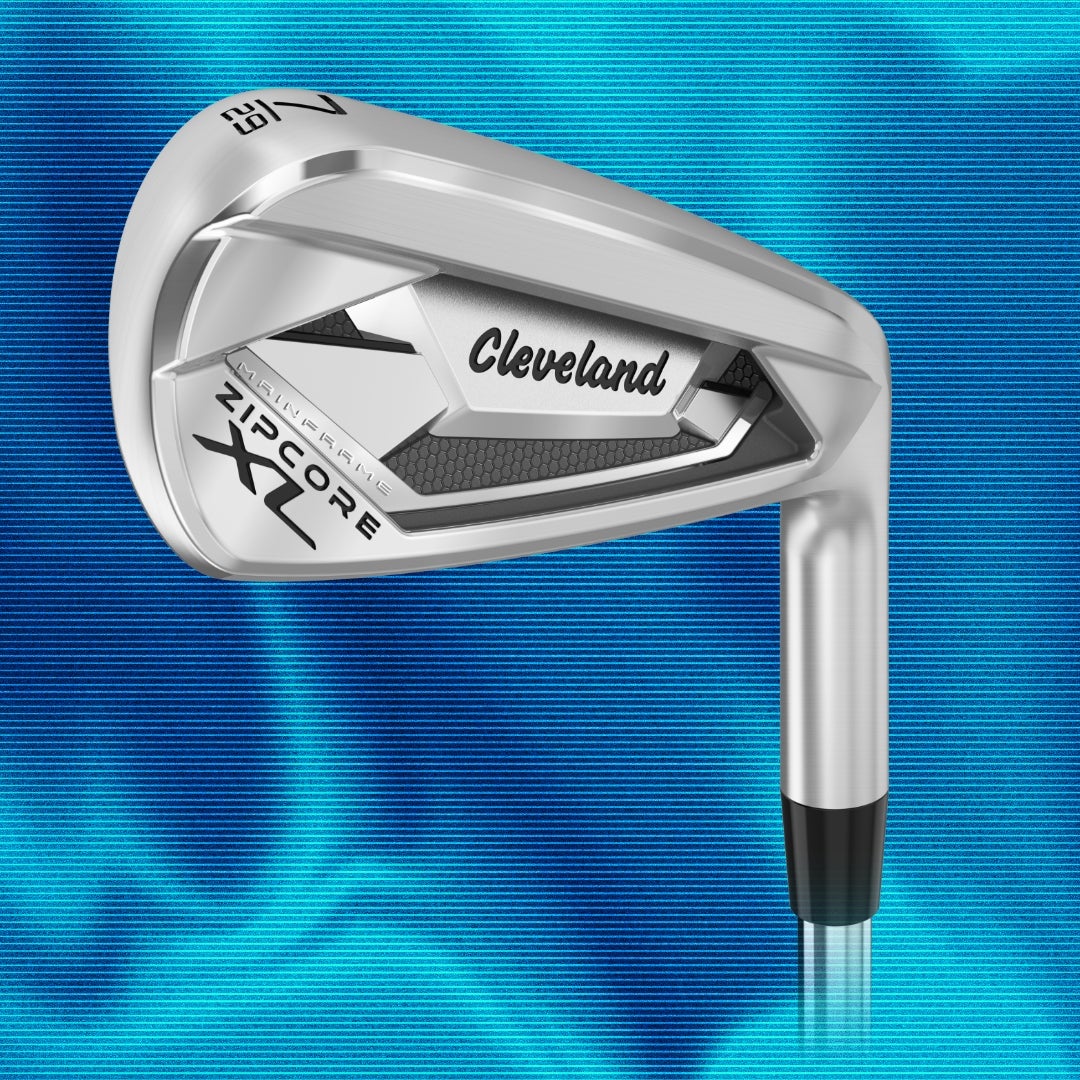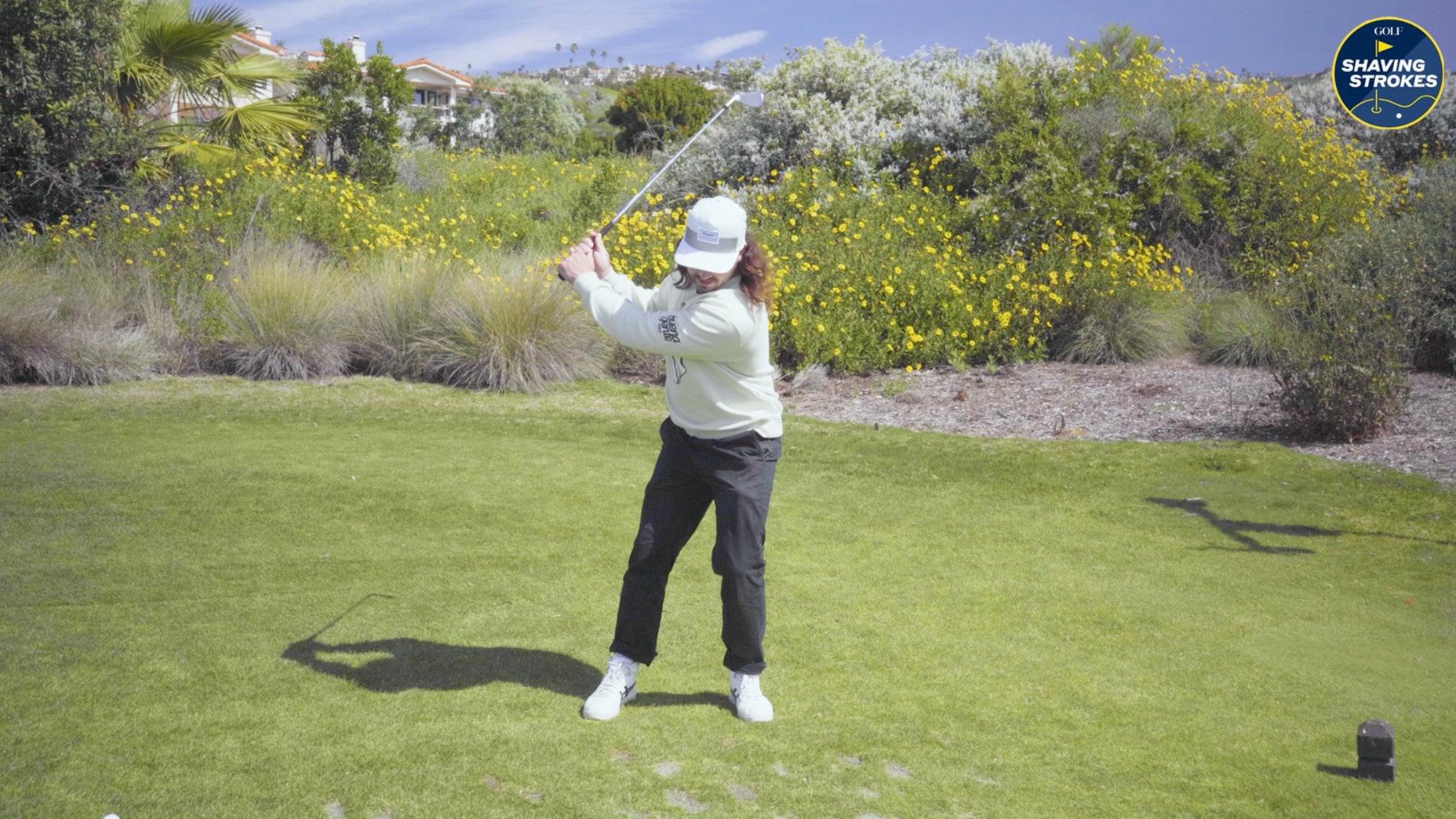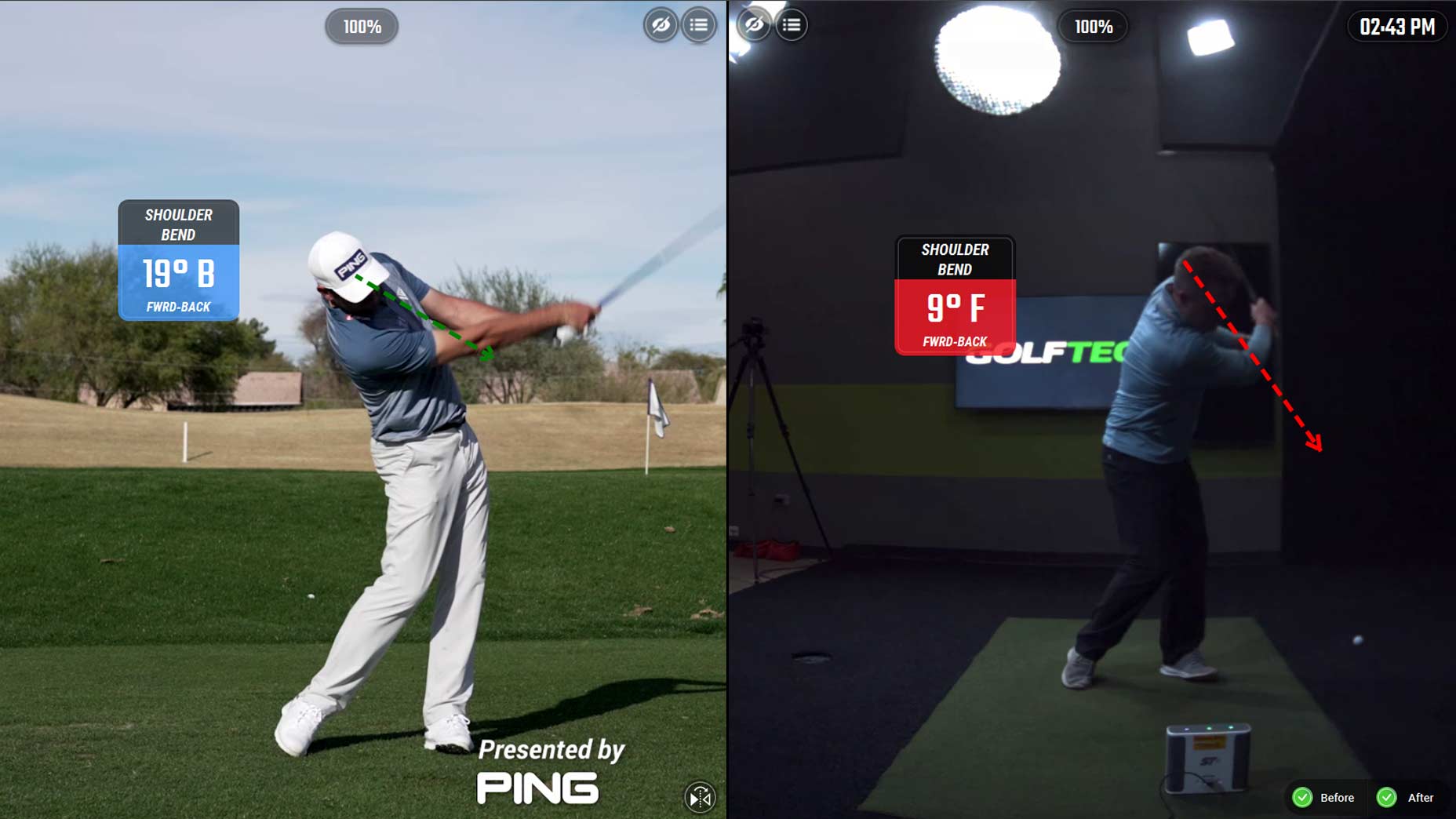Welcome to Shaving Strokes, a GOLF.com series in which we’re sharing improvements, learnings and takeaways from amateur golfers just like you — including some of the speed bumps and challenges they faced along the way. Ed. Note: This article was published in partnership with Cleveland/Srixon.
“Hi, I’m Nick Dimengo, and I’ve got a chunking problem.”
OK, so this might not be a support group, but if you ask anyone who’s played with me over the past few years, they’d tell you some sort of forum like that would dramatically help me.
In my opinion, there are few things worse than chunking shots. When they happen, they crush a hole, take up real estate in your head by killing your confidence and add unnecessary strokes to your scorecard.

ZipCore XL Irons
Unfortunately, these types of things regularly occur — especially for the average golfer like you or me.
But a key for playing better golf is limiting mistakes and controlling what you can, so during a recent lesson with Cleveland Golf ambassador Jake Hutt, I got some pointers on how to avoid chunks once and for all. Check out the video below to see Hutt’s tips.
Do this to finally stop chunking golf shots
As the video begins, Hutt reminds me that chunked shots are a common problem that most amateurs struggle with — so it’s reassuring to know I’m not the only one dealing with this issue.
“A lot of players often think they need a big shift off the ball to the right foot, and then a big shift back to the ball on their lead foot,” he says.
Next, Hutt dives into a simple tip for eliminating chunked shots, which all starts with properly transferring your weight.
“A simple tip that can help you get rid of all your chunk shots is, at address, take your chest and belt buckle and shift everything a little more ahead of the ball,” he explains. “You’re going to feel like your eyes are ahead of the ball, and both the [lead leg’s] knee and your lead shoulder are over the ball of your lead foot.”
Now that your body’s leaning more on the front side, Hutt says to pivot more around the lead hip, using that lead leg to help generate power.
“You’ll want to keep a little bit more pressure on that lead foot throughout the whole swing, avoiding any shift off the ball,” Hutt explains. “This will help ensure that you make ball-first contact.”
After watching Hutt walk through the steps, it’s my turn to set over the ball. Rather than shift my weight back and then forward — which can throw off my sequence and lead to chunked shots — he instructs me on this new approach.
“You still have a full hip turn here, but the lead knee hasn’t turned in and your body hasn’t moved off the ball,” Hutt says. “All your pressure is here [on the lead leg] the whole way, and then the power’s coming from a little jump at impact.”
While foreign to me at first, and a bit uncomfortable, I’m able to implement his advice and hit a rock solid iron shot — so, hopefully, my chunked shots are now a thing of the past. Try it yourself next time you hit the course or range.










